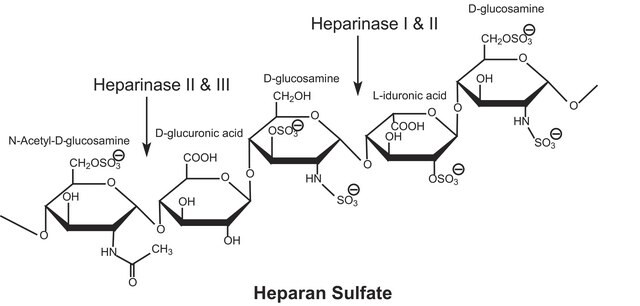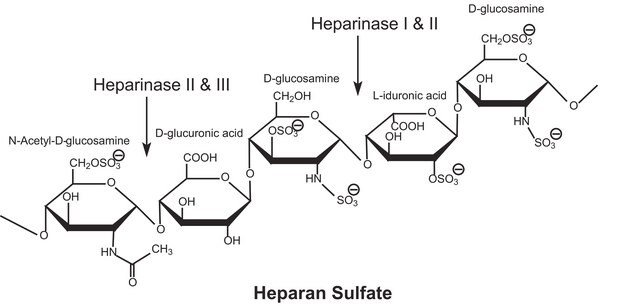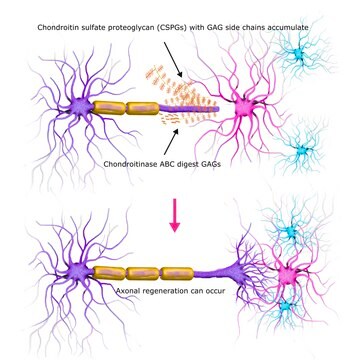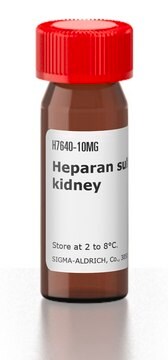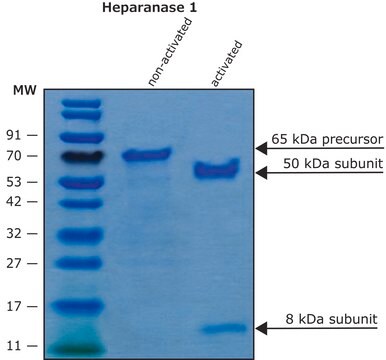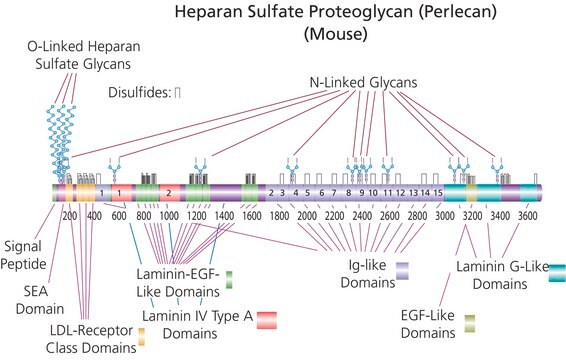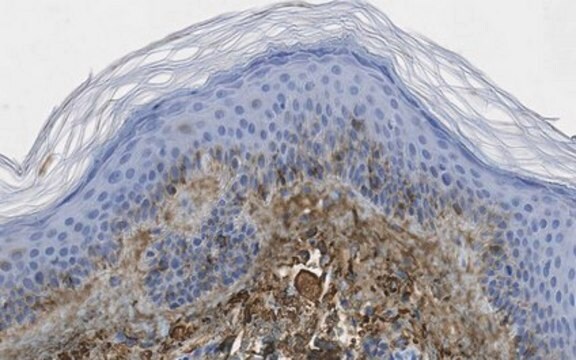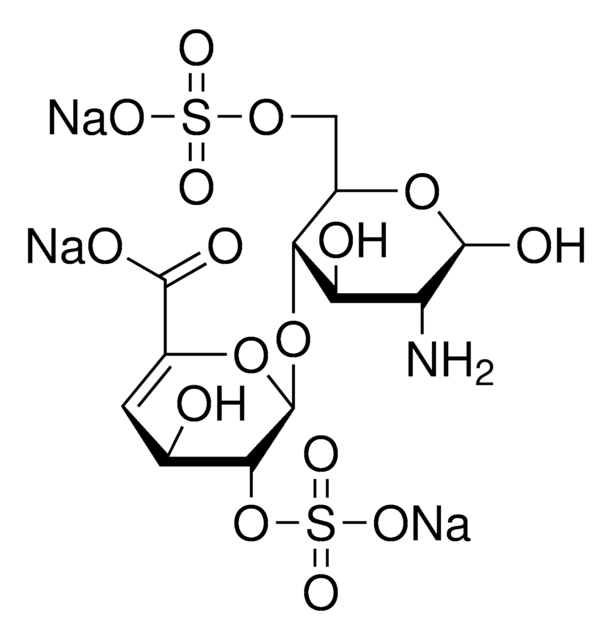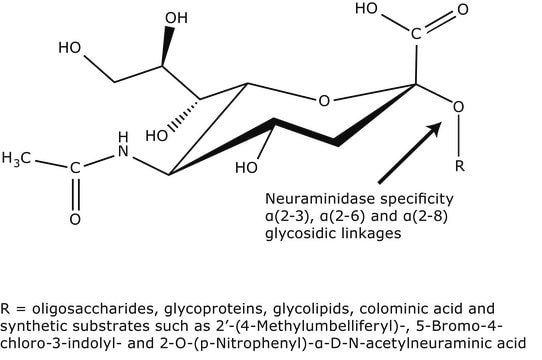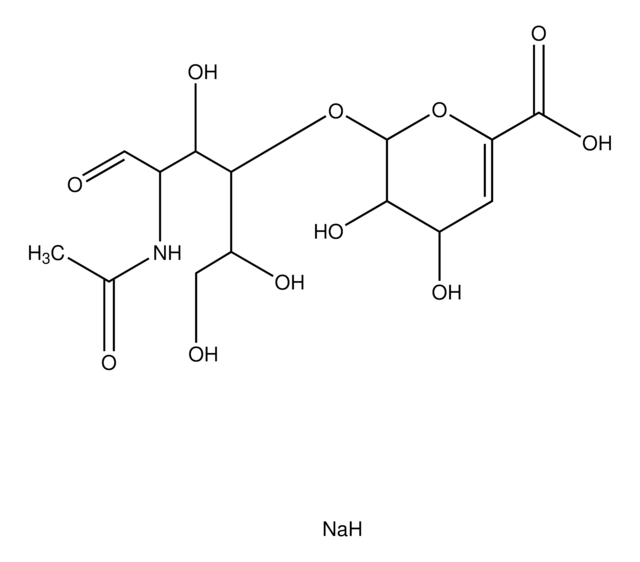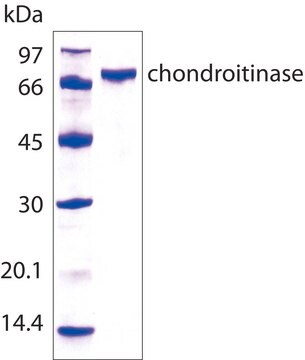H8891
Heparinase III from Flavobacterium heparinum
Lyophilized powder stabilized with approx. 25% (w/w) bovine serum albumin, ≥30 units/mg protein (enzyme + BSA)
Synonyme(s) :
Heparin Lyase III, Heparitinase I, Heparitinase from Flavobacterium heparinum
About This Item
Produits recommandés
Source biologique
bacterial (Flavobacterium heparinum)
Niveau de qualité
Conjugué
conjugate (Glucosaminoglycan)
Forme
lyophilized powder
Activité spécifique
≥30 units/mg protein (enzyme + BSA)
Poids mol.
70.8 kDa
Application(s)
diagnostic assay manufacturing
Température de stockage
−20°C
Vous recherchez des produits similaires ? Visite Guide de comparaison des produits
Application
Actions biochimiques/physiologiques
Définition de l'unité
Autres remarques
Mention d'avertissement
Danger
Mentions de danger
Conseils de prudence
Classification des risques
Resp. Sens. 1
Code de la classe de stockage
11 - Combustible Solids
Classe de danger pour l'eau (WGK)
WGK 3
Point d'éclair (°F)
Not applicable
Point d'éclair (°C)
Not applicable
Équipement de protection individuelle
Eyeshields, Gloves, type N95 (US)
Certificats d'analyse (COA)
Recherchez un Certificats d'analyse (COA) en saisissant le numéro de lot du produit. Les numéros de lot figurent sur l'étiquette du produit après les mots "Lot" ou "Batch".
Déjà en possession de ce produit ?
Retrouvez la documentation relative aux produits que vous avez récemment achetés dans la Bibliothèque de documents.
Les clients ont également consulté
Articles
A key resource feature at our Enzyme Explorer section of biochemicals is "Enzymes for Carbohydrate Analysis and Digestion." Offering kits, reagents, analysis, lists of enzymes related to PTM and carbohydrate metabolism.
Glycosaminoglycans are large linear polysaccharides constructed of repeating disaccharide units.
Notre équipe de scientifiques dispose d'une expérience dans tous les secteurs de la recherche, notamment en sciences de la vie, science des matériaux, synthèse chimique, chromatographie, analyse et dans de nombreux autres domaines..
Contacter notre Service technique